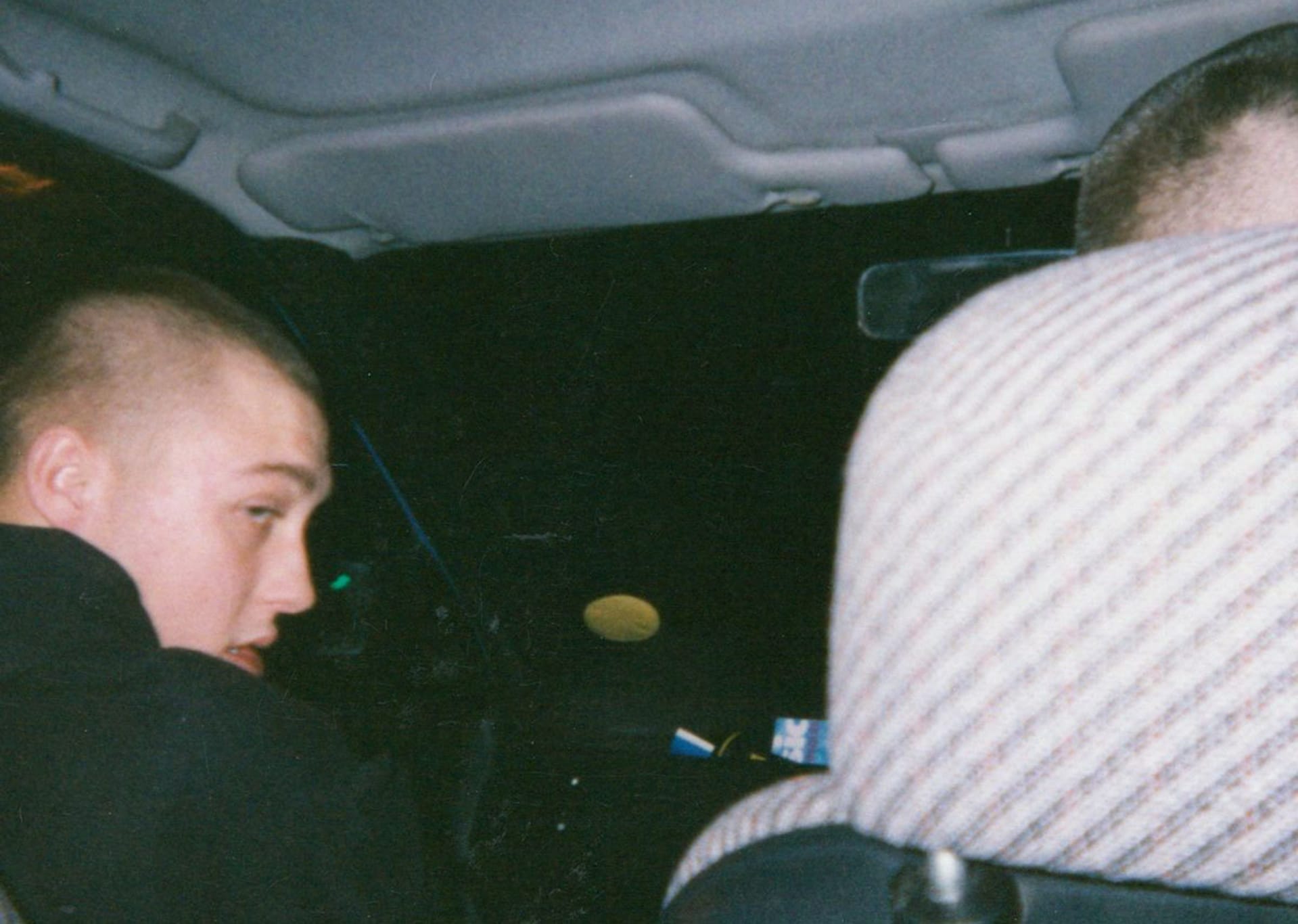
Basic Rhythm’s ‘Raw Trax’ Future Jungle LP Is Not Basic
[15.07.2021. Content warning: an article published by J.-H. Kabuiku on July 9th 2021 points out Dominick Fernow’s consistent links with metal and noise artists, bands, labels and productions using pedophilia and sexual violence imagery, listing a number of regular collaborators explicitly affiliated with National Socialism and white power ideology. More on this here]
As a moniker, Basic Rhythm is a curious one, and not least because of the usage of the term “basic” as derisive slang, an adjective reserved for the pedestrian, ordinary and forgettable. The equally plainspoken album title, Raw Tracks, offers only a little more intrigue. But such transparency is the only course of action with music this direct and immediate.
Here’s the narrative so far: Anthoney J. Hart’s engagement with UK dance music is the classic UK producer origin story. It stretches back to the hardcore rave and early jungle era in the ‘90s, when at the tender age of 11 he listened to his older brother’s mixtapes. By the late ‘90s, he had a regular DJ slot on one of London’s pirate radio stations, the mostly drum ‘n’ bass-centric Rude FM—which still operates today. Since 2009, as the producer Imaginary Forces, his many releases abandoned the d&b formula that shaped him and mostly employed noisy, post-industrial beats to punctuate an experimentalism informed by the likes of Parmegiani, Xenakis, et al. Pan Sonic is a useful reference point for this project. In 2016—following the popularity of acts such as Cut Hands, Powell and Vatican Shadow—Imaginary Forces finds renewed relevance and has already released an EP on Rabit’s Halcyon Veil label, which came out only a week before Raw Tracks.
With Basic Rhythm, Hart returns to his roots in both sound and flavor. In excavating the samples of classic hardcore and jungle—breathless vocal snippets, disembodied phrases, moody synth licks, lazer shots, hoover sounds, single handclaps, etc—for Raw Tracks’ dancefloor revisionism, he manages that most elusive trick of capturing the intoxicating energy of the early rave era. The press release for the album specifies that he’s, “[a]voiding breaks altogether.” This probably means that he took no drum samples from this period. Or, instead of using drum fills recorded and looped—like the infamous Amen break, the primary archetype of jungle—he broke the drums down to hits and notes, all the better for “reframing… with contemporary rhythms.” Either way, it extracts the affect of rave euphoria from this time of its first bloom and merges that with a rougher version of the machine-funk commonly associated with artists like SND/Mark Fell. While the excitement is instantly familiar to me, as it re-invokes the memory of a serotonin rush, changing up the basic rhythms creates all manner of freshness. The syncopated stutter they championed, doused in jungle rollage and streamlined for the dancefloor, turns out to be an electrifying mutation.
The experiment is not so dissimilar to Lee Gamble’s Diversions 1994-1996, where that producer sampled the ambient washes between the breaks from his collection of jungle mixtapes. Diversions also achieved vibe capture from the jungle era, and like Hart, Gamble has deep reverence for complex musical ideas, such as those found in musique concrète and other modern composition. But if Gamble—and Fell, for that matter—are working-class intellectuals, grounded in disposition but capable of high abstraction and ignited by the dance, Hart comes across more like an experimental rudeboy. As Basic Rhythm, there’s the kind of embedded urgency that speaks of survival, sex and maybe even a hint of violence. And what could be more basic, more foundational, than these things?
Published February 25, 2016.
